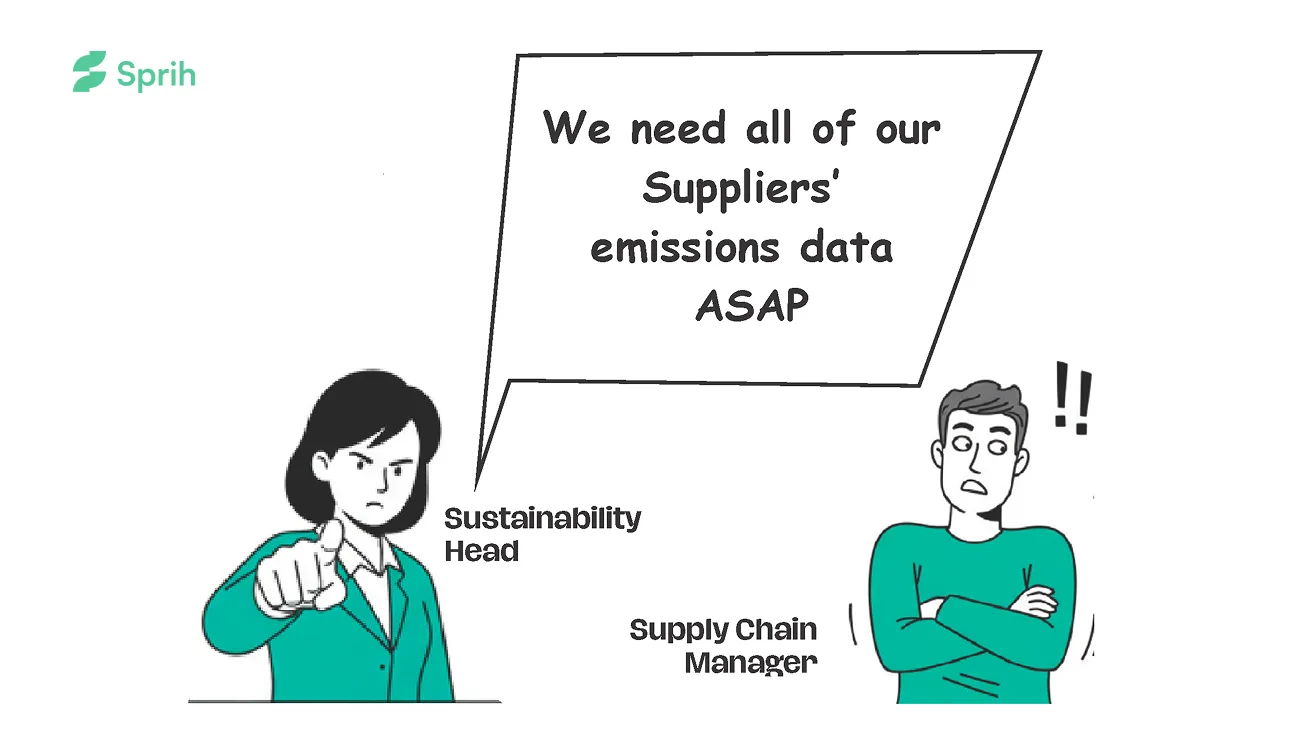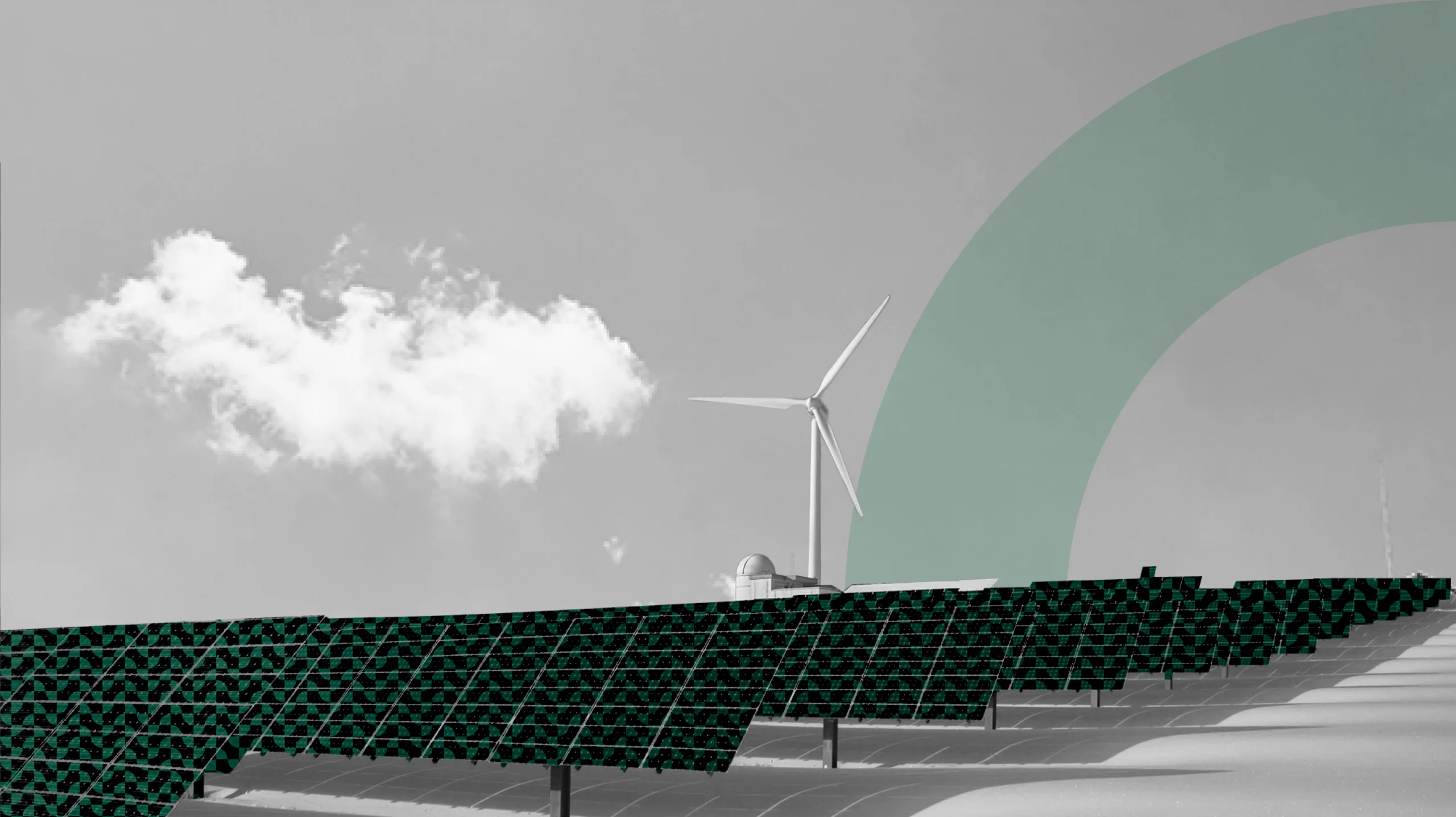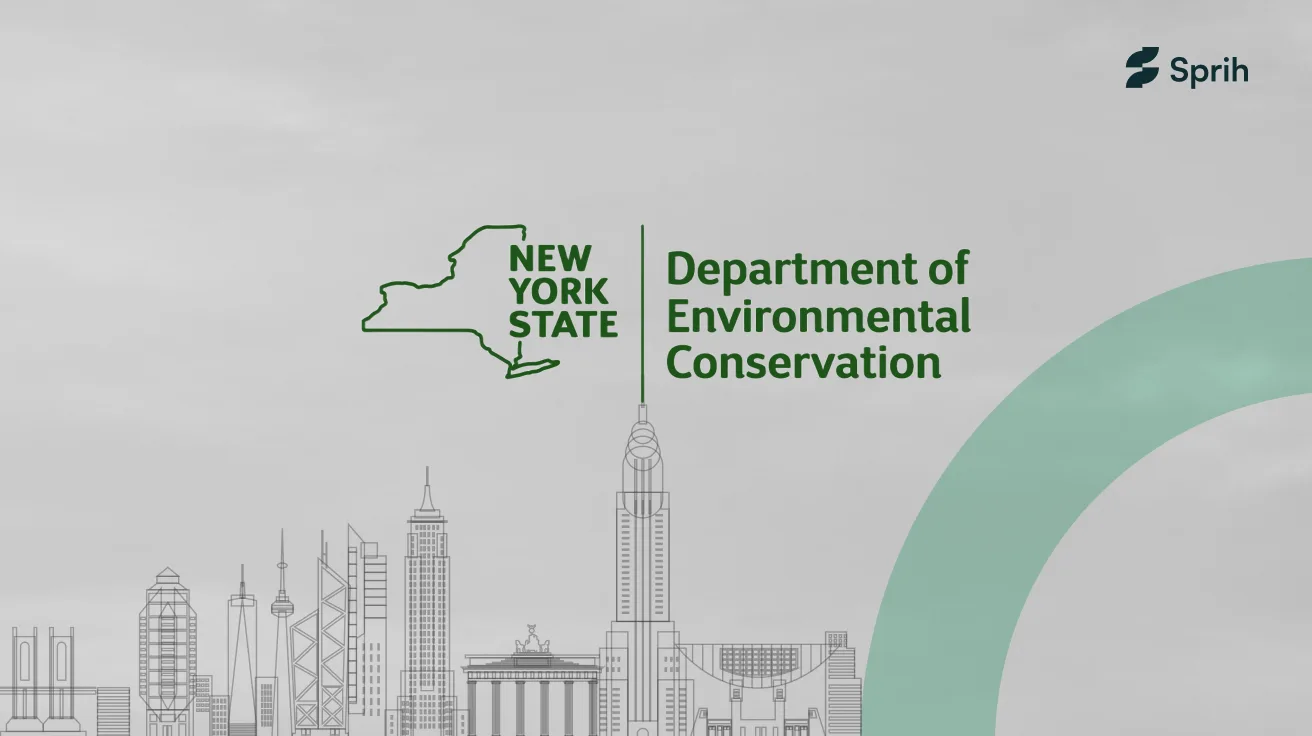When we talk about carbon emissions, the numbers often seem abstract. We hear phrases like “1 tonne of CO2e,” but what does that really mean? To put it into perspective, let’s break it down into something more tangible. Here’s what 1 tonne of CO2e looks like in everyday terms.
426.07 Litres of Gasoline Consumed
Imagine filling up your car with gasoline—426 litres of it, to be exact. That’s the amount of fuel that is needed to release 1 tonne of CO2 into the atmosphere. To put it another way, each litre of gasoline you burn produces about 2.3 kilograms of CO2. So, picture a year’s worth of weekend road trips or your daily commute. Every kilometre driven adds up, and before you know it, you’ve contributed 1 tonne of CO2 to our planet’s atmosphere. This stark reality brings home just how significant our fuel choices are in the fight against climate change.
372.67 Litres of Diesel Consumed
Now, think about diesel—a fuel often associated with trucks, buses, and heavy machinery. To produce 1 tonne of CO2, you’d need to burn approximately 373 litres of diesel. Diesel is denser and contains more energy per litre than gasoline, which is why it emits more CO2 per litre burned. Every time a diesel engine rumbles to life—whether it’s powering a truck delivering goods across the country or a generator keeping the lights on in an emergency—it’s contributing a significant amount of CO2 to the atmosphere.
Imagine the exhaust from a long-haul truck over several days, or the fuel used by construction equipment at a busy site. Before you know it, that diesel use has added up to 1 tonne of CO2e.
505 Kilograms of Coal Burned
Coal has long been a cornerstone of electricity generation, but its environmental impact is profound. To emit just 1 tonne of CO2, you would need to burn approximately 505 kilograms of coal. This amount of coal represents the invisible weight of carbon pollution that fuels our modern conveniences.
Coal is incredibly carbon-intensive, meaning that for every kilogram burned, a significant amount of CO2 is released. In the U.S., the average heat content of coal used in the electric power sector is about 20.88 mmbtu per metric ton. When this is combined with a carbon coefficient of 26.13 kilograms of carbon per mmbtu, the result is a substantial amount of CO2 emissions—over half a tonne of coal can easily translate into 1 tonne of CO2.
This figure emphasizes the environmental cost of coal-fired power plants, which continue to be a major source of global carbon emissions. Every time we flip a switch, there’s a chance that coal is being burned somewhere to keep our lights on, contributing to climate change.
347.22 Kilograms of Waste Recycled Instead of Landfilled
Recycling isn’t just about reducing waste; it’s about cutting down on carbon emissions too. To prevent the emission of 1 tonne of CO2e, you would need to recycle about 347.22 kilograms of mixed recyclables instead of sending them to the landfill. This includes everyday items like paper, metals, and plastics.
When waste is landfilled, it decomposes and releases methane, a potent greenhouse gas. By recycling, we not only save these materials from decomposing in a landfill but also avoid the emissions that come from the production of new materials. According to the EPA’s Waste Reduction Model (WARM), recycling mixed recyclables reduces emissions by 2.88 metric tons of CO2e per short ton of waste. That’s a significant reduction for every kilogram we recycle.
The impact of this might seem small on an individual level, but collectively, it adds up. By recycling just 347.22 kilograms of waste, you’re effectively preventing the release of 1 tonne of CO2e, making a real difference in the fight against climate change.
16.5 Tree Seedlings Grown for 10 Years
Think of a green, leafy forest right in your neighborhood. To absorb 1 tonne of CO2e, you’d need 16.5 tree seedlings growing for a decade.
Trees are nature’s air filters. Over ten years, a medium growth tree—whether coniferous or deciduous—captures carbon dioxide from the air. On average, each tree sequesters about 36.4 pounds of carbon. This translates to roughly 0.060 metric tonnes of CO2e per tree over its growth period. So, planting 16.5 trees in urban settings can effectively absorb the same amount of CO2e as 1 tonne.
This number is based on average tree growth and survival rates in urban environments. It accounts for variables like tree species and survival probability. While each tree might not capture exactly this amount, collectively, they contribute significantly to reducing atmospheric CO2.
Every tree planted is a step towards a healthier planet, making a visible difference in our carbon footprint. So next time you see a young tree, remember it’s working hard to make the air cleaner!
Conclusion
Understanding the tangible impact of 1 tonne of CO2e helps us grasp the scale of our environmental footprint. Whether it’s the 426.07 litres of gasoline consumed, 505 kilograms of coal burned, 347.22 kilograms of waste recycled, or the 16.5 tree seedlings grown over a decade, these figures bring the abstract concept of carbon emissions into sharp focus. Each example illustrates how our everyday actions and choices contribute to or mitigate our carbon footprint. By being aware of these impacts, we can make more informed decisions and take meaningful steps towards reducing our carbon emissions. Every effort counts, from recycling and tree planting to reducing energy consumption. Together, we can make a significant difference in the fight against climate change and work towards a sustainable future.
References
- Federal Register (2010). Light-Duty Vehicle Greenhouse Gas Emission Standards and Corporate Average Fuel Economy Standards; Final Rule, page 25,330 (PDF)
- IPCC (2006). 2006 IPCC Guidelines for National Greenhouse Gas Inventories. Volume 2 (Energy). Intergovernmental Panel on Climate Change, Geneva, Switzerland.
- Federal Register (2010). Light-Duty Vehicle Greenhouse Gas Emission Standards and Corporate Average Fuel Economy Standards; Final Rule, page 25,330 (PDF)
- IPCC (2006). 2006 IPCC Guidelines for National Greenhouse Gas Inventories. Volume 2 (Energy). Intergovernmental Panel on Climate Change, Geneva, Switzerland.
- EIA (2023). Monthly Energy Review March 2023, Table 5: Approximate Heat Content of Coal and Coal Coke.
- EPA (2023). Inventory of U.S. Greenhouse Gas Emissions and Sinks: 1990-2021. Annex 2 (Methodology for estimating CO2 emissions from fossil fuel combustion), Table A-19 ” C Content Coefficients by Year (MMT C/QBtu)” pg A-56, U.S. Environmental Protection Agency, Washington, DC.
- IPCC (2006). 2006 IPCC Guidelines for National Greenhouse Gas Inventories. Volume 2 (Energy). Intergovernmental Panel on Climate Change, Geneva, Switzerland.
- EPA (2022). Waste Reduction Model (WARM), Version 15.1. U.S. Environmental Protection Agency.
- McPherson, E. G.; van D. N. S.; Peper, P. J. (2016). Urban tree database and allometric equations. Gen. Tech. Rep. PSW-GTR-253. Albany, CA: U.S. Department of Agriculture, Forest Service, Pacific Southwest Research Station. 86 p.
- U.S. DOE (1998). Method for Calculating Carbon Sequestration by Trees in Urban and Suburban Settings. Voluntary Reporting of Greenhouse Gases, U.S. Department of Energy, Energy Information Administration
FAQs
What does 1 tonne of CO₂e represent in everyday activities?
One tonne of CO₂e equates to burning approximately 426.07 litres of gasoline, 372.67 litres of diesel, or 505 kilograms of coal. It also corresponds to recycling about 347.22 kilograms of mixed waste instead of landfilling or growing 16.5 tree seedlings for ten years.
How much fuel consumption leads to 1 tonne of CO₂ emissions?
Burning 426.07 litres of gasoline or 372.67 litres of diesel results in the emission of 1 tonne of CO₂. Each litre of gasoline produces about 2.3 kilograms of CO₂, while diesel emits more CO₂ per litre due to its higher energy content.
How does coal combustion contribute to CO₂ emissions?
Burning approximately 505 kilograms of coal emits 1 tonne of CO₂. Coal is highly carbon-intensive, releasing significant CO₂ per kilogram burned, which underscores the environmental impact of coal-fired power generation.
What is the impact of recycling on CO₂ emissions?
Recycling 347.22 kilograms of mixed recyclables instead of sending them to landfills can prevent the emission of 1 tonne of CO₂e. This reduction is due to decreased methane emissions from landfills and the avoidance of emissions associated with producing new materials.
How effective is tree planting in offsetting CO₂ emissions?
Growing 16.5 tree seedlings for ten years can absorb approximately 1 tonne of CO₂e. Trees sequester carbon dioxide from the atmosphere, making afforestation and reforestation effective strategies for carbon offsetting.













